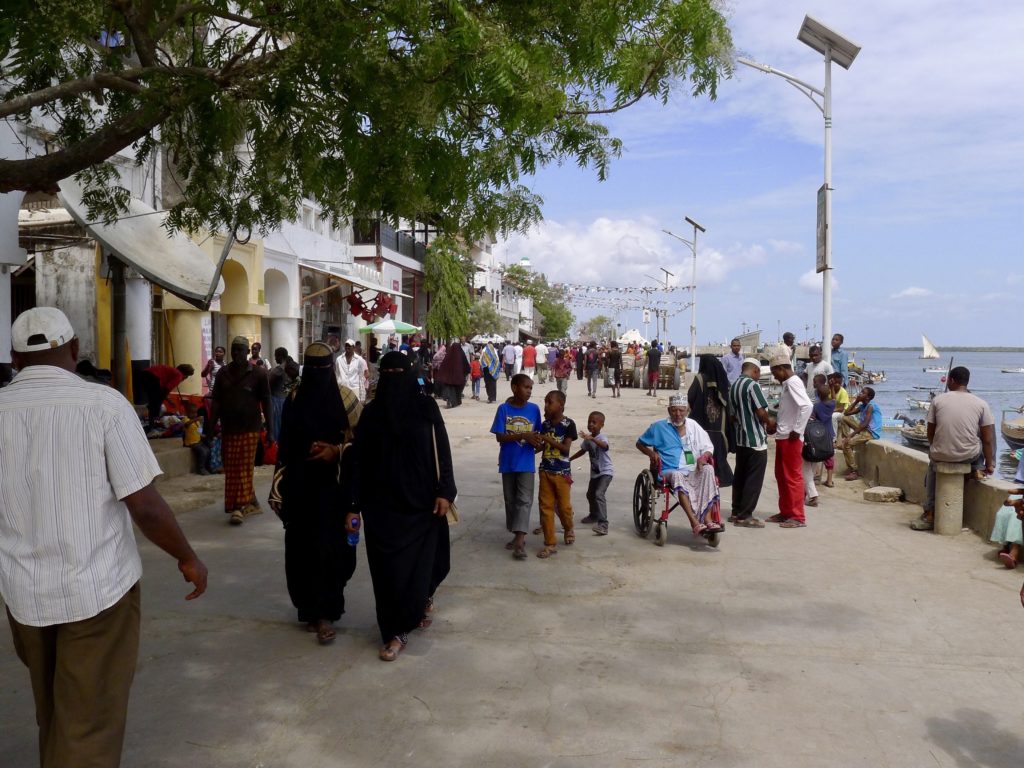Along with the vision, an NMT strategy should set quantifiable goals indicating the outcomes the city or country wishes to achieve. Goals should include quantitative targets for major indices, to be achieved within the horizon of the Strategy. The goals should follow the “SMART” principles:
- Specific: Goals should target discrete outcomes that will measure the success of the NMT strategy.
- Measurable: Goals should be quantifiable, with metrics that are tracked over time with locally available data collection methods.
- Achievable: Goals should reflect a realistic pace of project implementation and policy adoption.
- Relevant: Goals should be useful in tracking progress on the specific initiatives included in the NMT strategy.
- Time-bound: Goals need to have concrete target dates for achievement. For an NMT strategy, goals are typically set for 5- and 10-year time horizons.
An NMT strategy should include two types of goals:
- Outcomes-related goals indicate the final results that should be achieved through the strategy. For instance, a city may seek to reduce emissions or increase the fraction of trips on non-motorised modes.
- Implementation targets refer to infrastructure that need to be constructed or systems that need to be set up in order to achieve the outcome-related goals. For instance, the city may seek to build 50 km of new footpaths per year.
Outcomes
Typical indices for the outcomes of an NMT strategy include the following (with desired direction of movement indicated in parentheses):
- Injuries and deaths from road safety crashes (decrease)
- Mode share of walking and cycling (increase)
- Mode share of public transport (increase)
- Fraction of cyclists who are women (increase)
- Vehicle kilometres travelled (VKT) by personal motor vehicles (decrease)
- Emissions of local pollutants and greenhouse gases (GHGs) (decrease)
These indicators can be used to help measure progress toward the vision.
Implementation targets
The goals above reflect the major outcomes that the NMT strategy seeks to achieve. Helping drive progress toward the outcomes are a number of specific infrastructure and management initiatives, such as the construction of footpaths or safe pedestrian crossings. Progress on these initiatives should be tracked over time to ensure that the city is carrying out the necessary steps to achieve the long-term actions. Sample implementation targets for NMT infrastructure are displayed in the table below.
Sample implementation targets.
| Initiative | 5-year target | 10-year target |
| Footpaths | 50% of 10-year target | 10 km per 100,000 population. |
| Cycle tracks | 50% of 10-year target | 5 km per 100,000 population. |
| Traffic calming | 50% of 10-year target | Traffic calming measures on 100 percent of streets ≤ 12 m wide. |
| Universal access | All new road project incorporate universal access provisions. | All footpaths and road crossings accessible to persons with disabilities. |
| Bicycle sharing | 50% of 10-year target | 200 shared cycles per 100,000 population. |
| Rapid transit | First-phase corridor (at least 10 km) implemented in cities over 1 million | 3 km per 100,000 population, for cities with a population over 1 million |
| Parking management | 50% of 10-year target | 400 spaces per 100,000 population managed through and IT-based parking management system. |
| Land use | All rapid transit corridors identified as transit-oriented development corridors.
The largest dimension of blocks in all new developments to be 150 m or less. |
– |
| Outreach & communications | Spend 1% of the city’s transport budget on campaigns to create awareness among citizens and policy makers. | Spend 1% of the city’s transport budget on campaigns to create awareness among citizens and policy makers until at least 75% of the goals are achieved. |
